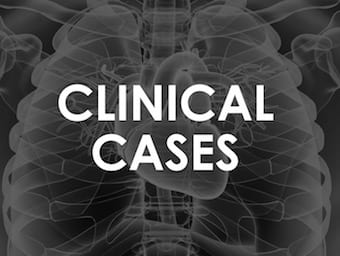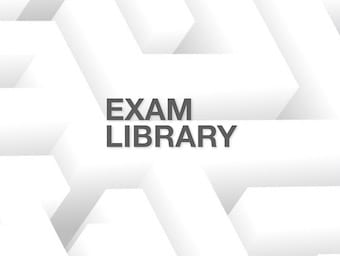
Infective Endocarditis
infective endocarditis is a disease characterised by inflammation of the endocardium, typically affecting the heart valves and usually caused by infection and can be acute, subacute or chronic

infective endocarditis is a disease characterised by inflammation of the endocardium, typically affecting the heart valves and usually caused by infection and can be acute, subacute or chronic

Signs of Aortic Regurgitation

S1 Loud MV or TV open long -> shuts forcefully MS increased HR short AV conduction Soft first degree HB LBBB MR Splitting RBBB S2 Loud HT AS PHT Soft AS AR Splitting increased normal splitting (wider on inspiration): RBBB,…

Your patient's finger tips have turned blue, and the paramedics are unable palpate a radial pulse.... "Is he in cardiogenic shock?" could this be Raynaud's phenomenon
Nikolay Sergeevich Korotkov (Николай Сергеевич Коротков) (1874 – 1920) was a Russian surgeon.

Scipione Riva-Rocci (1863-1937) was an Italian physician and paediatrician. Riva-Rocci introduced the upper arm cuff to measure systolic blood pressure

Tintinalli Cardiovascular multiple choice questions MCQs for ACEM Fellowship

Leon MB et al. Transcatheter aortic-valve implantation for aortic stenosis in patients who cannot undergo surgery. N Engl J Med. 2010 Oct 21;363(17):1597-607 [PMID 20961243] 30% of patients with AS can’t under go surgery c/o co-morbidity TAVI developed, first performed…

Acute Aortic Dissection: the most common catastrophe of the aorta (3:100,000); 3 times more common than abdominal aortic aneurysm (AAA) rupture

This page is under construction OVERVIEW “Obviously, except under momentary conditions the venous return and the cardiac output must be equal.” — Arthur Guyton STARLING’S LAW By raising or lowering an artificial venous reservoir, Starling showed that increased right atrial…

This page is under construction OVERVIEW Cardiorenal syndromes (CRS) are disorders of the heart and kidneys whereby acute or long-term dysfunction in one organ may induce acute or long-term dysfunction of the other CRS is characterised by the triad of…

Troponin abnormality is set at the 99th percentile in the healthy population, As the tests become more and more sensitive, the absolute cutoff value for “abnormal” has become lower and lower and the test has become less specific for myocardial infarction